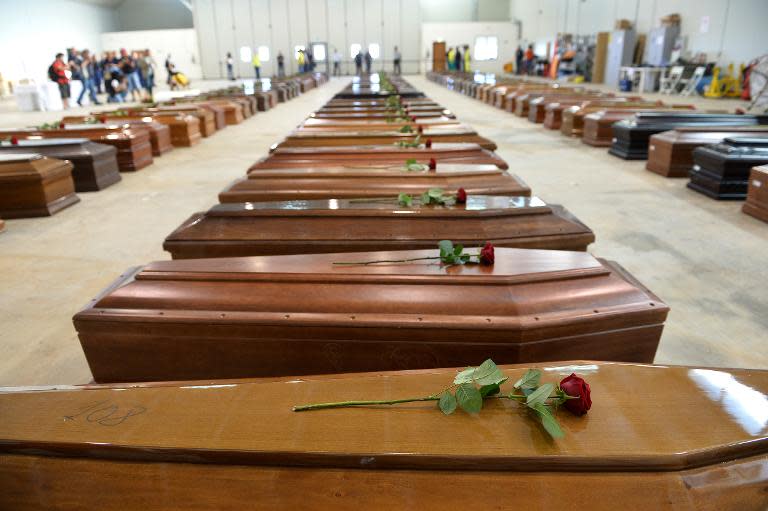
On Dec. 15, 1967, the Silver Bridge connecting downtown Point Pleasant, W.Va. to Gallipolis, Ohio collapsed into the Ohio River. The fall of the span, backed up in both directions with the Christmas season's rush hour traffic, claimed 46 lives.
The 1,750-foot eyebar chain suspension bridge was constructed in 1928 and got its unofficial name from its silver aluminum paint. The bridge’s roadway hung from steel chains anchored by two 130-foot "rocker" towers on each side of the river. Its eyebar-link design was the first of its kind in the U.S. and considered an engineering marvel at the time. The Silver Bridge was initially a toll span, but fares were phased out in 1951.
A National Transportation Safety Board report traced the bridge’s collapse to the failure of a single eyebar link just outside of the Ohio tower. Traffic vibrations and the weight of vehicles, including five tractor trailers, on the bridge’s deck contributed to the failure. When the eyebar gave out, the chains pulled down the bridge’s tower on the Ohio side. Witnesses said the entire bridge came down in a chain reaction within 90 seconds, first dumping vehicles into to the river, followed by the fall of the roadway.
The bridge’s four piers and the approach on West Virginia side were all that remained. In total, 37 vehicles were on the bridge when it fell. 31 of them went into the water.
Emergency crews were able to get to the scene quickly and were able to rescue some from drowning in the 32-degree waters of the Ohio. 21 people survived the fall or were rescued from the river. A flotilla of boats would comb the river for weeks searching for the bodies of those who were not as fortunate. As family members watched on the riverbanks for days, portions of the bridge would have to be raised before the vehicles pinned underneath could be brought to the surface.
The NTSB found that the bridge had been carrying far heavier weight loads than it had originally been designed for. The vehicle used in calculating weight at the time of the bridge's construction was the Model T Ford, a car less than half the weight of the average family vehicle in 1967. The bridge had not been properly inspected in 16 years, and investigators found evidence of severe corrosion throughout the bridge.
Barge traffic on the Ohio was shut down for 36 hours following the collapse and Mason County's civil defense director ordered all roads into Point Pleasant blocked, in an effort to keep out-of-town spectators from entering the area.
Another bridge crossing the Ohio at St. Mary’s, W.Va. was ordered closed immediately, due to its similar design to the Point Pleasant span. It was demolished in 1971 and replaced.
Recovery of the bodies from the river went on into late January 1968. Two victims were never found.
U.S. Sen. Jennings Randolph, D-W.Va., who chaired the Senate Public Works Committee, called for hearings shortly after the disaster, which led to the first bridge inspection requirements at the federal level and focused the nation’s attention on the condition of its aging infrastructure, as President Lyndon Johnson ordered a nationwide probe of bridge safety.
In the absence of the bridge, ferry service carried people across the river from Kanauga, Ohio, to Point Pleasant. Two years after the collapse, a new span over the Ohio was constructed to the south of Point Pleasant. The four-lane, cantilever design Silver Memorial Bridge opened to traffic on Dec. 15, 1969, the two-year anniversary of the disaster, and carried U.S. Route 35 across the river, connecting Mason and Gallia counties.
A memorial to the 46 victims was constructed in Point Pleasant at the site of the original bridge’s West Virginia approach. Consisting of a concrete semicircle, the monument’s red bricks are inscribed with the names of those who lost their lives in the disaster.
Documentary
A 30-minute WCHS documentary is produced, "A Scar Remains," from 1992, the year of the disaster’s 25th anniversary.
Produced and hosted by reporter Brad Harvey, it features interviews with witnesses and survivors, as well as footage from the aftermath of the collapse.
Due to its length, the video is posted in two parts. Part one can be found here. Part two can be found here
Sunday 6 October 2013
http://www.wchstv.com/newsroom/rememberwhen/rem131006_28.shtml
continue reading







